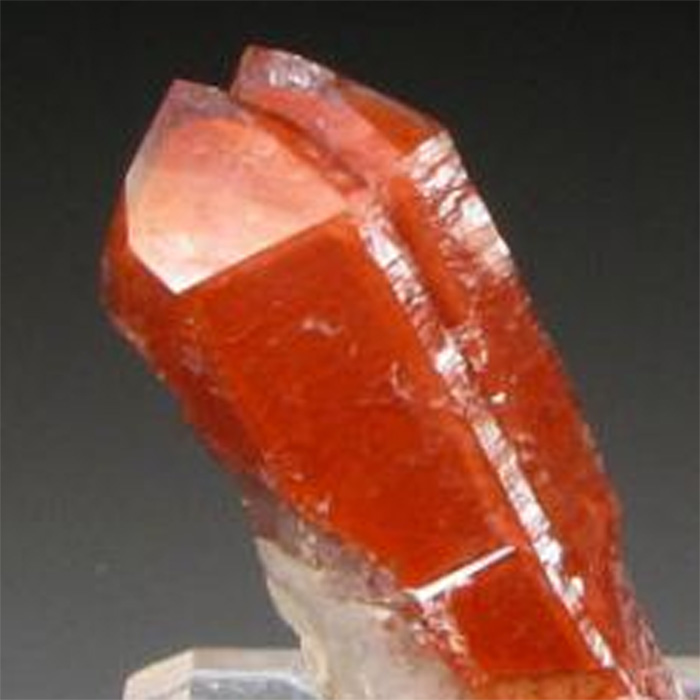Scientific Name: Variety of vitreous quartz
Group: Silicates – tectosilicates
Chemical composition: SiO2
Colors: Depends on mineral elements included
Hardness: 7
Formation: Hexagonal/trigonal crystal; Prismatic form
Principal Sources: Worldwide
Special Notes: Quartz is the second most abundant mineral in the Earth’s continental crust, after feldspar. It is made up of a continuous framework of SiO4. In nature quartz crystals are often twinned, distorted, or so intergrown with adjacent crystals of quartz or other minerals as to only show part of this shape, or to lack obvious crystal faces altogether and appear massive. Well-formed crystals typically form in a ‘bed’ that has unconstrained growth into a void, but because the crystals must be attached at the other end to a matrix, only one termination pyramid is present. A quartz geode is such a situation where the void is approximately spherical in shape, lined with a bed of crystals pointing inward. The most important distinction between types of quartz is that of macrocrystalline (individual crystals visible to the unaided eye) and the microcrystalline or cryptocrystalline varieties (aggregates of crystals visible only under high magnification). The cryptocrystalline varieties are either translucent or mostly opaque, while the transparent varieties tend to be macrocrystalline. Chalcedony is a cryptocrystalline form of silica consisting of fine intergrowths of both quartz, and its monoclinic polymorph moganite.[8] Other opaque gemstone varieties of quartz, or mixed rocks including quartz, often including contrasting bands or patterns of color, are agate, sard, onyx, carnelian, heliotrope, and jasper.The word “quartz” is derived from the German word “quarz” and its Middle High German ancestor “twarc”, which probably originated in Slavic tvrdý (“hard”), Polish twardy (“hard”). Quartz grows in many environments along with many different minerals. These minerals, as well as watery solutions and gas bubbles, can be enclosed by the growing crystal. Many minerals that would otherwise be chemically altered or dissolved when the local conditions change are protected from aggressive chemical agents when they have been embedded inside quartz crystals. Likewise, fragile minerals that are very soft, crumbly or that occur as fibers or thin needles survive inside. Other partially embedded minerals might get dissolved at a later stage and leave ghostlike hollow forms behind.

